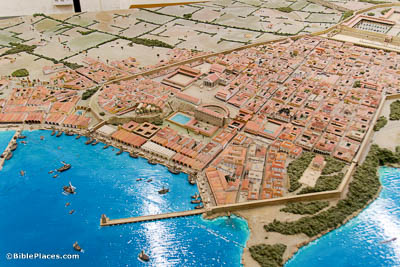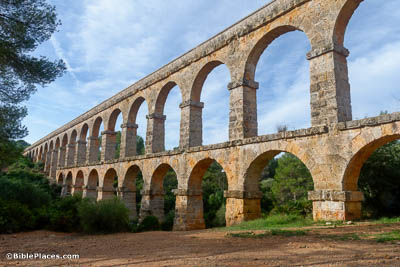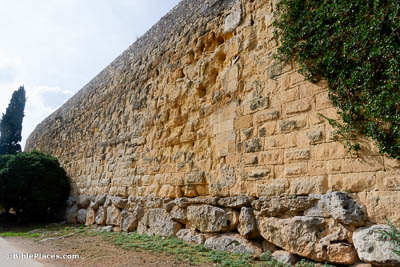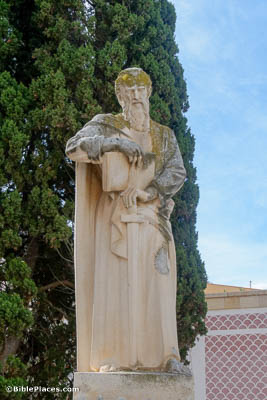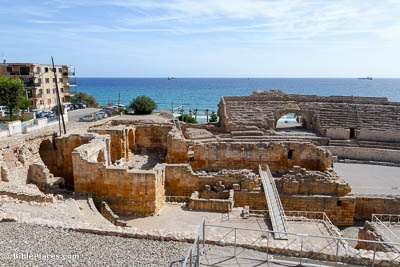As with many Roman cities in Hispania, the port city of Tarraco began as an Iberian settlement. Romans took control of the site very early on in their conquest of Hispania—circa 218 BC—and it became perhaps the first Roman settlement on the peninsula. Under the Roman Republic, Tarraco served as the capital of Hispania Citerior, a province that covered the eastern coast of Hispania. After the province lines were redrawn, Tarraco was instead the capital (and namesake) of Hispania Tarraconensis, the largest of Hispania’s provinces.
